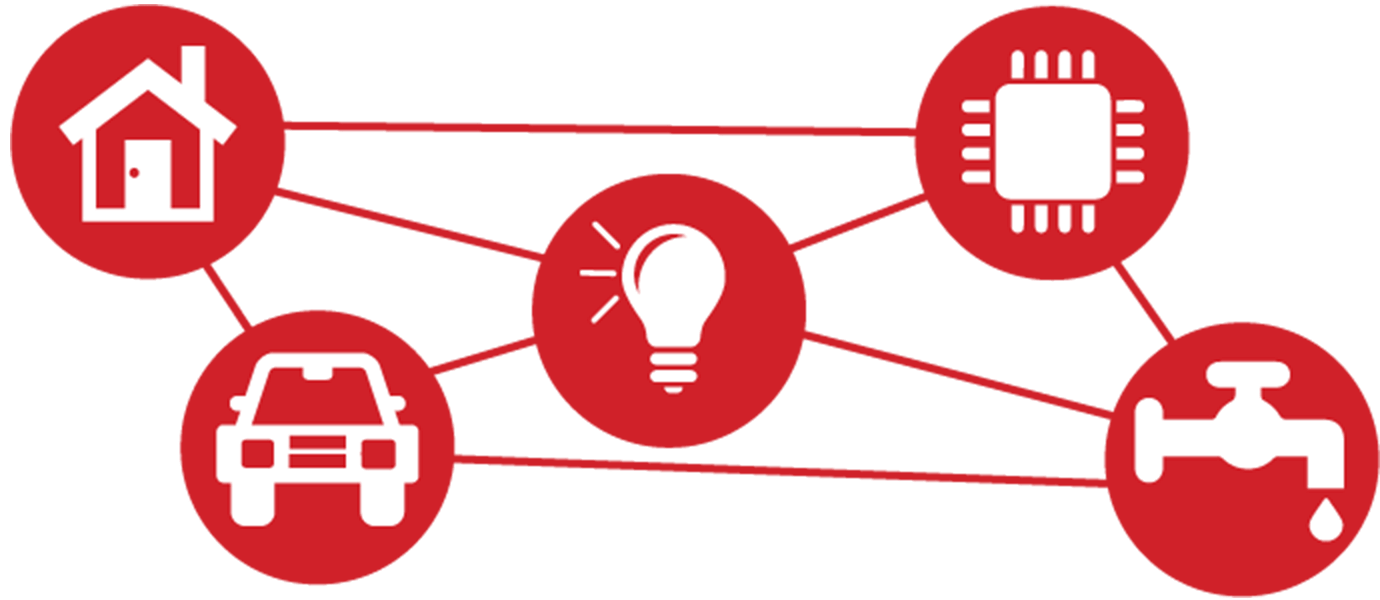IN THIS ARTICLE
Subscribe to Our Newsletter
Analysts at IDC confirm a transformation is underway that will see the worldwide market for Internet of Things solutions increase from $1.9 trillion in 2013 to a staggering $7.1 trillion in 2020. Indeed, consumers continue to experience and embrace the Internet of Things in their homes, cars and in many other aspects of their daily life.
Globally, individuals are developing a high affinity for full-time connectivity, which makes consumer IoT a compelling proposition. Businesses are also intrigued by the efficiencies, business process implications and revenue opportunities that Internet of Things solutions are capable of generating.
“Businesses are taking the necessary steps to gain a deeper understanding of IoT and the overall value,” explained Vernon Turner, Senior VP of IDC’s Enterprise Infrastructure, Consumer, Network, Telecom and Sustainability Research. “Technology vendors are evolving their solutions in a supply-driven market that’s edging toward becoming a more demand-driven market.”
Carrie MacGillivray, Program VP, Mobile Services, IoT, and Network Infrastructure at IDC, expressed similar sentiments.
“The worldwide IoT market is exploding… IoT solutions are at the heart of IDC’s view of the third platform and the four pillars — mobility, social business, big data/analytics, and cloud — resulting in millions of applications available to billions of end points.”
MacGillivray also noted that developed regions (currently) garner the majority of the IoT market, representing approximately 90% of installed units. However, the worldwide IoT install base is expected to experience a compound annual growth rate (CAGR) of 17.5% from 2013 to 2020.
As we’ve previously discussed on Bits & Pieces, Atmel is well-positioned to benefit from the rapidly evolving Internet of Things. According to Oppenheimer & Co. analyst Andrew Uerkwitz, Atmel is one of a handful of companies that makes microcontrollers (MCUs) that will increasingly be in demand.
“As we move toward Internet of Things, if you think about everybody’s connected devices today, everybody has about three to four connected devices, meaning connected to each other in some way. And we believe within five to 10 years, that’s going to be about 10 devices,” said Uerkwitz. “Everyone’s going to have 10 things that are connected to the Internet or connected to a smartphone or just generally connected whether it’s in the automobile, in the home or in the office.”
As Uerkwitz points out, a number of devices, such as thermostats and televisions that may not currently be connected to the Internet will increasingly become “smart devices.” As this trend plays out, those devices will require the components that Atmel supplies.
“So, their core business has thousands of customers trying to add these microcontrollers to devices, consumer electronics and we think that core business will grow nicely,” Uerkwitz added.
Interested in learning more about the IoT? You can check out Atmel’s recent IoT SoMa panel on the subject here, Patrick Sullivan’s EELive! 2014 presentation and our extensive Bits & Pieces IoT article archive here.
This is a guest post from Atmel, and was originally published to the Atmel blog on June 3, 2014. Atmel Corporation is a worldwide leader in the design and manufacture of microcontrollers, capacitive touch solutions, advanced logic, mixed-signal, nonvolatile memory and radio frequency (RF) components.










